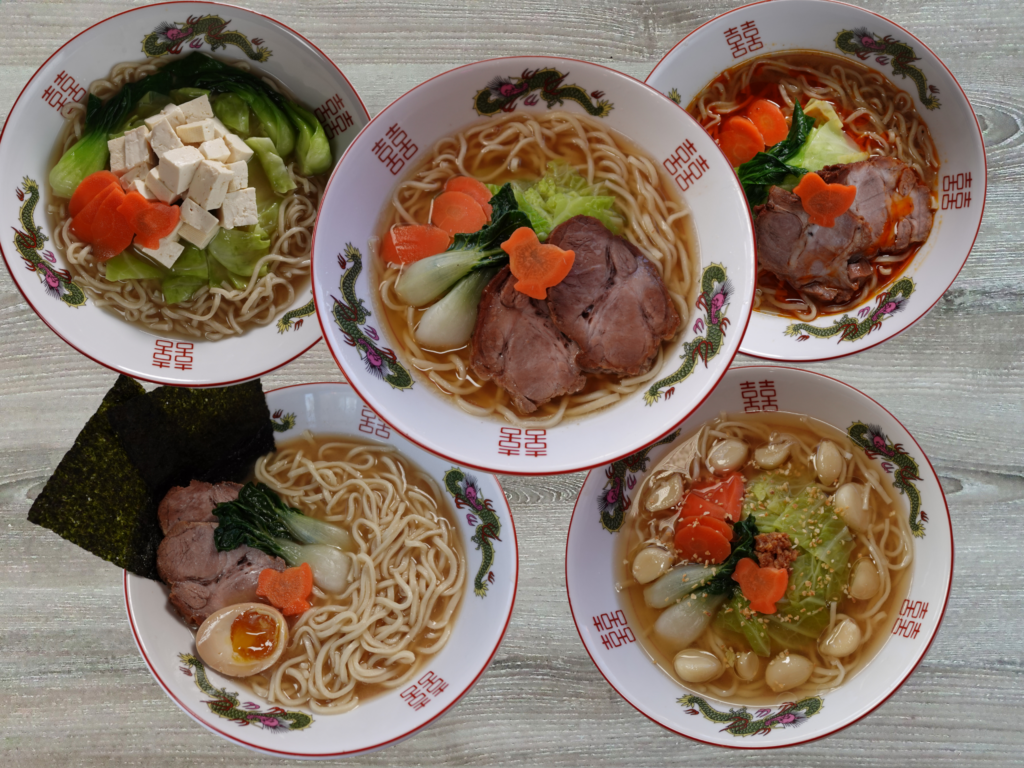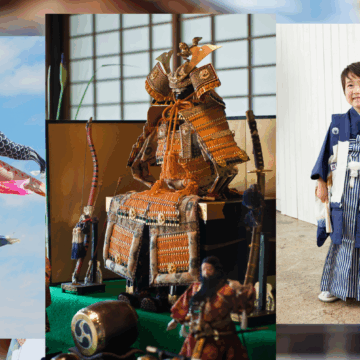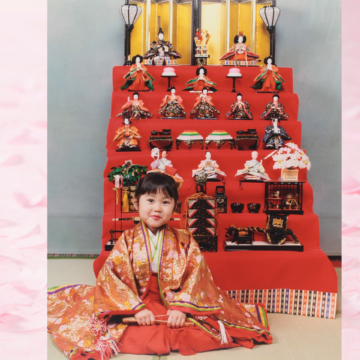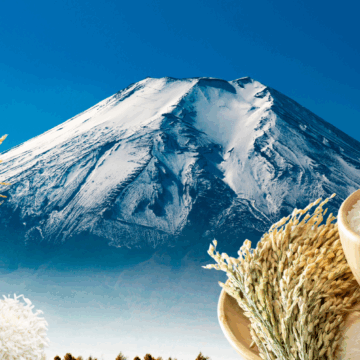
◆What is ramen?◆
Ramen is a beloved noodle dish in Japan that has its roots in the Chinese “Chuka soba.” Over time, it has evolved through Japanese culture to become what is the modern ramen enjoyed today. While sushi is often cited as the most popular Japanese food among foreigners, ramen comes a close second, emphasizing its global appeal. The 2000s saw a ramen boom in New York, prompting the expansion of major Japanese ramen chains. In cities like London and Paris, ramen’s popularity is so strong that lines often form outside restaurants, particularly around the Opera House district. Many people discover ramen through Japanese movies or anime, making it not just a meal but a cultural icon symbolizing Japan’s culinary influence worldwide.
◆What kind of food is ramen?◆
At its core, ramen consists of Chinese-style noodles served in a savory broth and is typically garnished with simple toppings. These toppings can vary widely by restaurant. In recent years, innovative versions such as brothless ramen have gained popularity, although the classic style of noodles in broth remains a staple. In Japan, enjoying food while it is still steaming hot is a common practice, with many people eating ramen quickly and enthusiastically—a ritual some say embodies the true spirit of ramen. The slurping sound often associated with eating ramen is even regarded as an expression of its deliciousness.
◆Regional Variations of Ramen in Japan◆
Japan is home to a wide range of regional ramen styles. “Sapporo ramen” from Hokkaido features a hearty miso-based broth, often garnished with butter and corn, perfect for the region’s cold weather. “Tokyo ramen” is known for its soy sauce-based broth, lighter and appealing to a wide audience. On the other hand, “Hakata ramen” from Kyushu is famous for its rich, creamy tonkotsu (pork bone) broth, served with thin noodles and commonly referred to as “tonkotsu ramen.” Other varieties include the salt-based “Hakodate ramen,” dipping-style ramen from parts of Tokyo, and “Taiwan ramen” from Nagoya, known for its spicy minced meat topping.
◆What are the essential ingredients in ramen?◆
The basic toppings for Japanese ramen are typically simple, including chashu pork, nori seaweed, seasoned eggs, and green onions. However, these can vary depending on the unique style of each restaurant. Chashu pork is made by marinating pork in soy sauce and other seasonings, resulting in a tender and flavorful addition that showcases each shop’s distinct taste. Seasoned eggs are soft-boiled and marinated, with a slightly runny yolk considered the most delicious in Japan, rather than fully hard-boiled.
◆Ramen in Canada◆
In cities like Vancouver, Toronto, and Montreal, ramen has firmly established itself as a popular menu item. To meet the preferences of Canadians who favor vegan and organic foods, Japanese ramen has evolved to include plant-based broth options and colorful vegetable toppings such as beans, tomatoes, and broccoli—ingredients that are less common in traditional Japanese ramen.
At “Neko Ramen,” we are the only ramen shop in the Cowichan Valley with a Japanese chef, offering healthy, Japanese-style ramen made with homemade noodles and miso. We are also taking on the challenge of creating dishes that cater to Canadian tastes, such as green curry ramen and vegan ramen. Our goal is to blend Japanese food culture with Canadian diversity and provide an enjoyable experience for everyone here.
So, why not slurp up a bowl of ramen and experience it yourself?
This article was contributed to the January 2025 issue of Cowichan Valley Voice.







